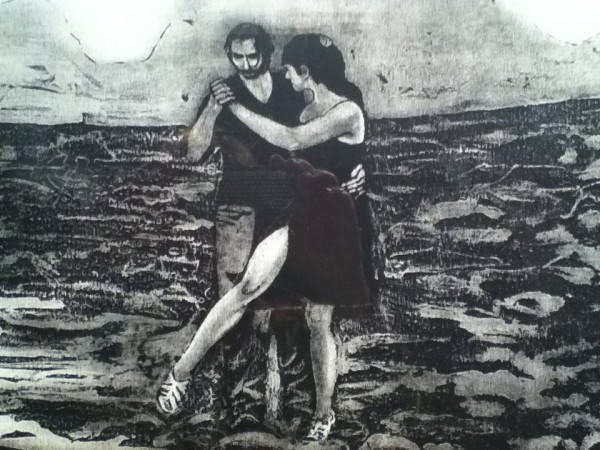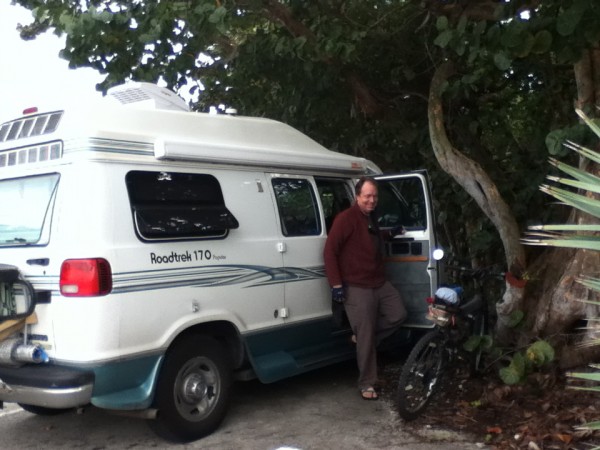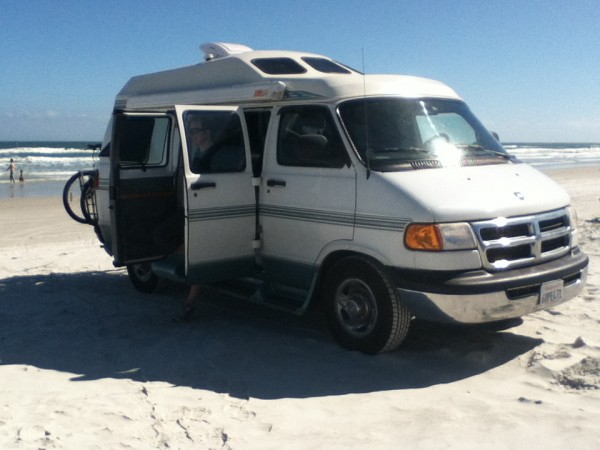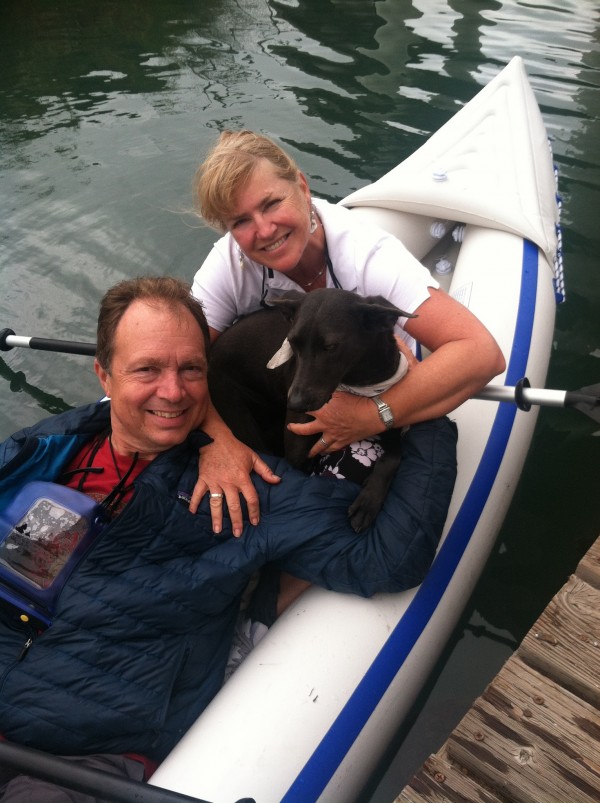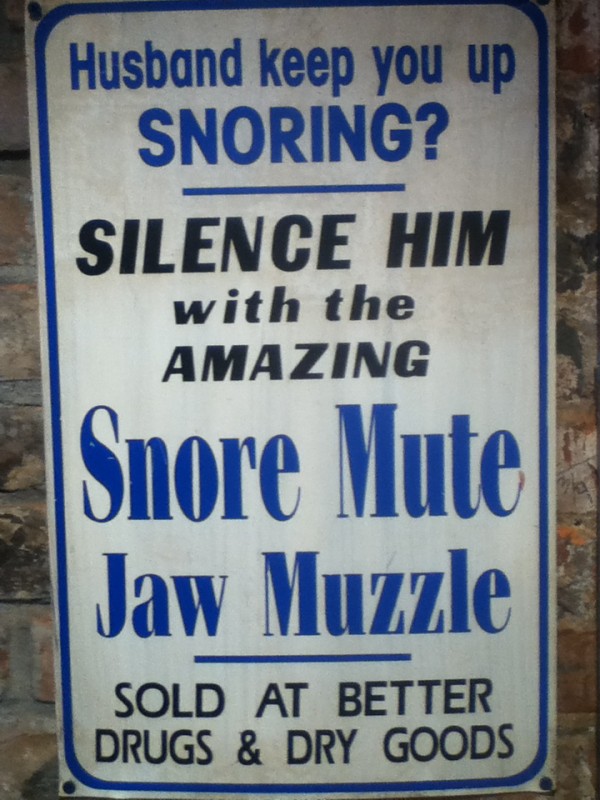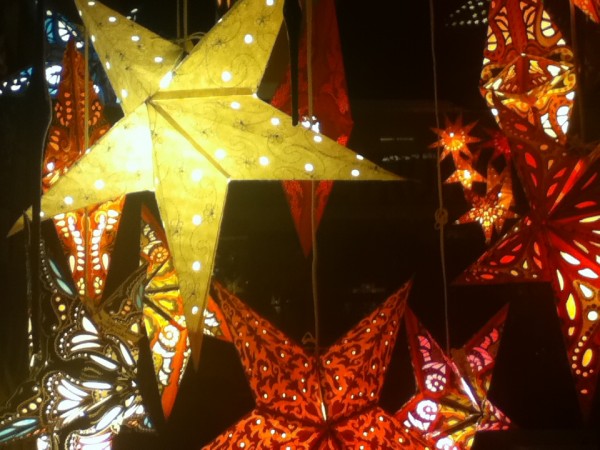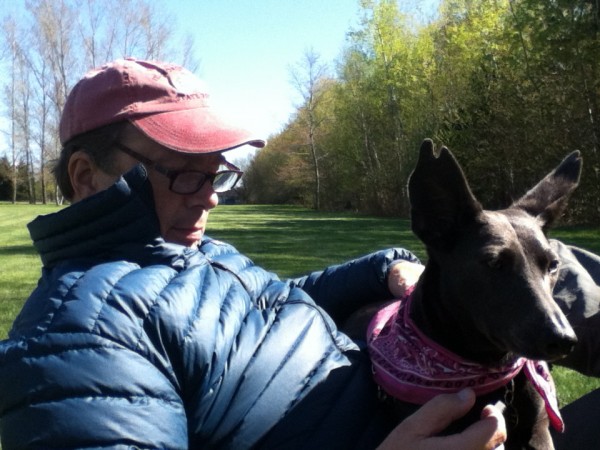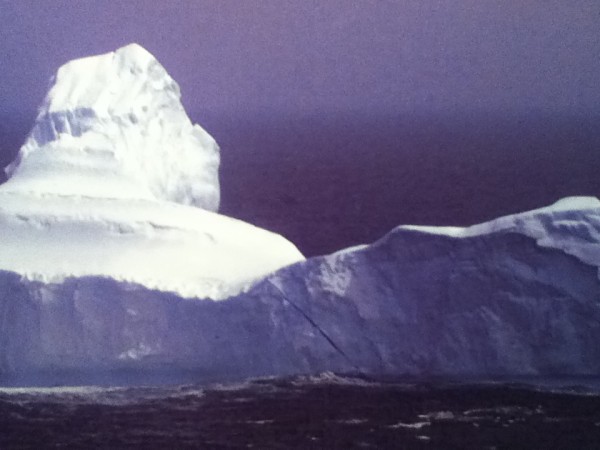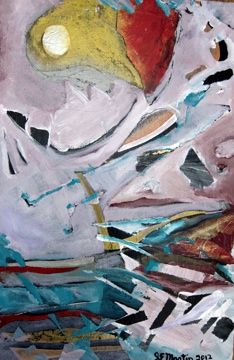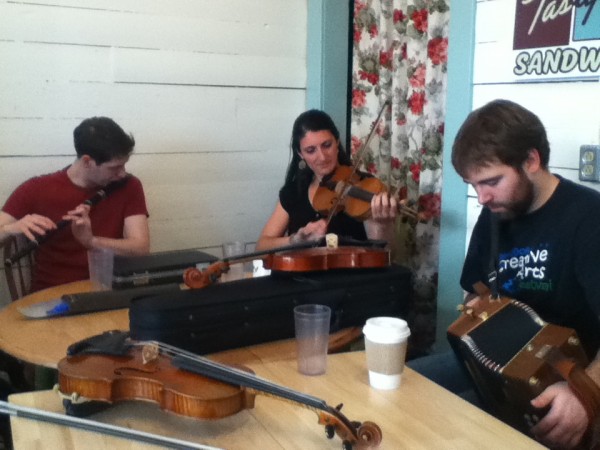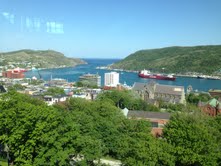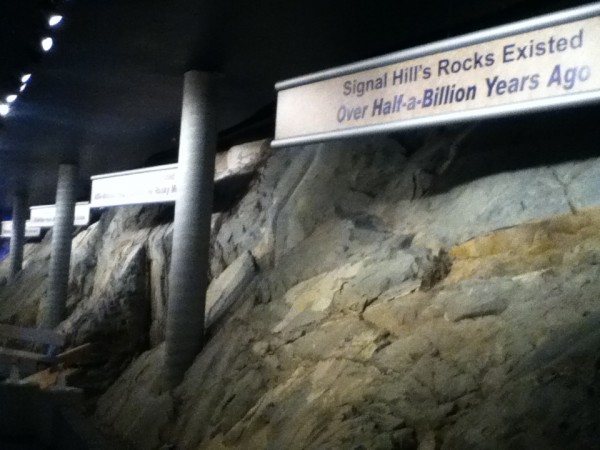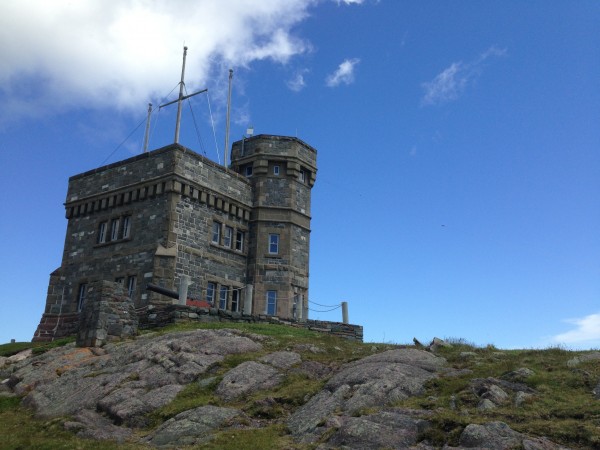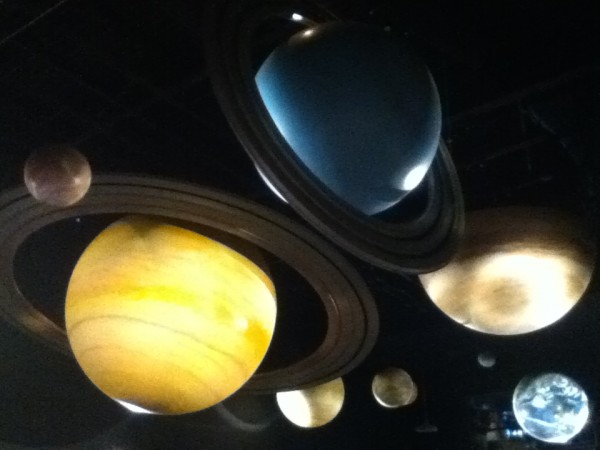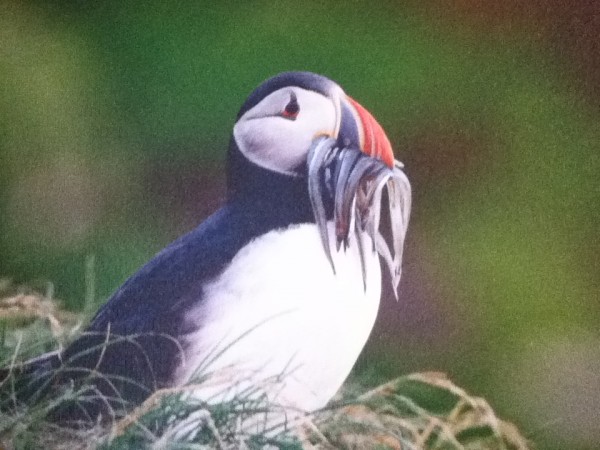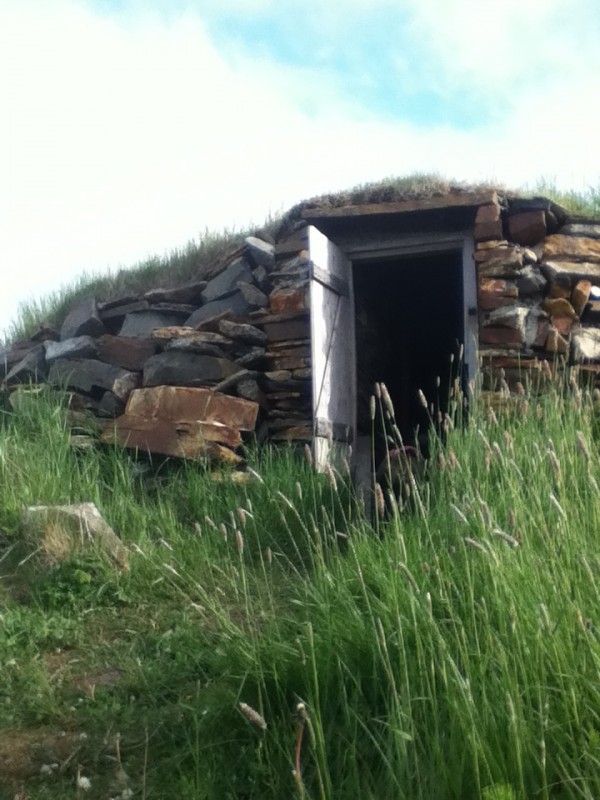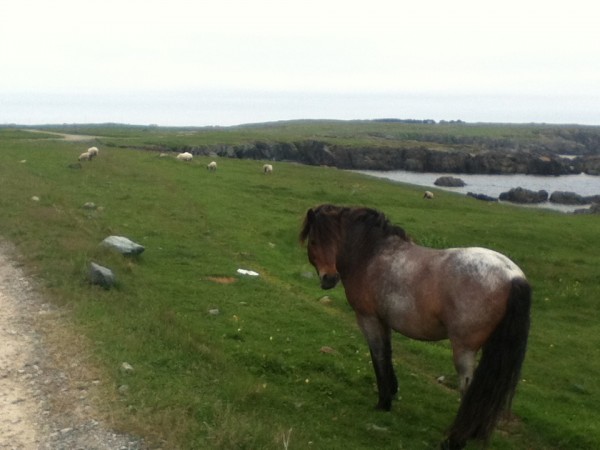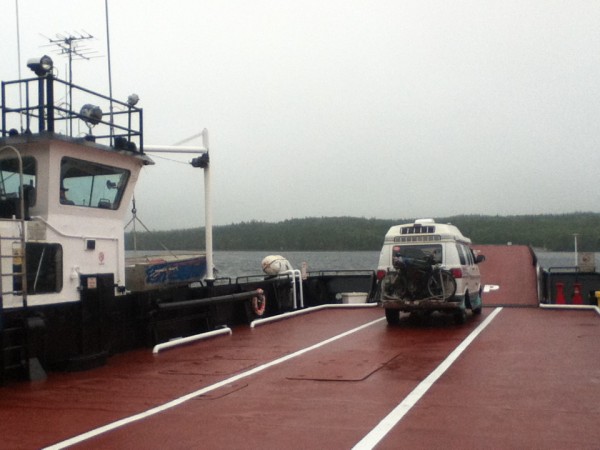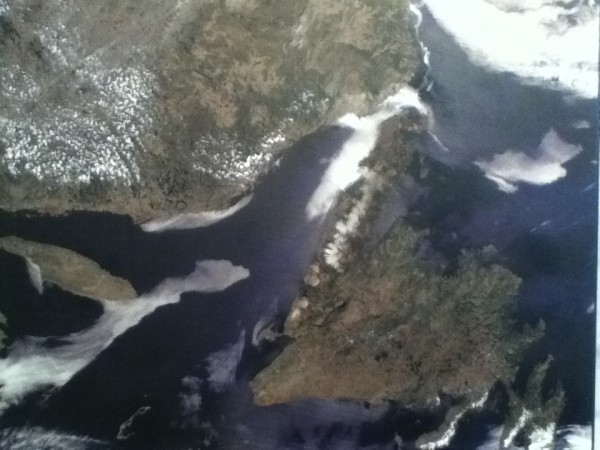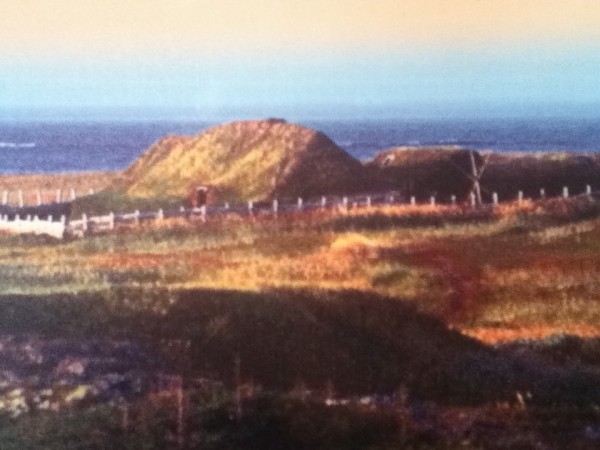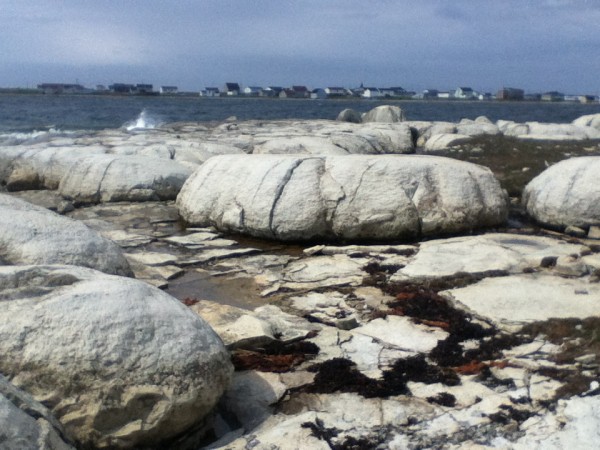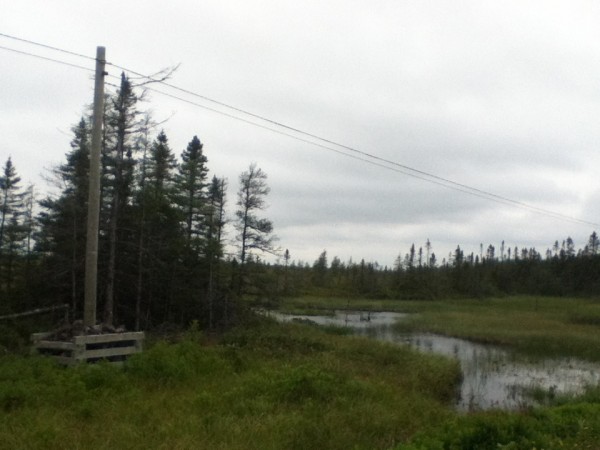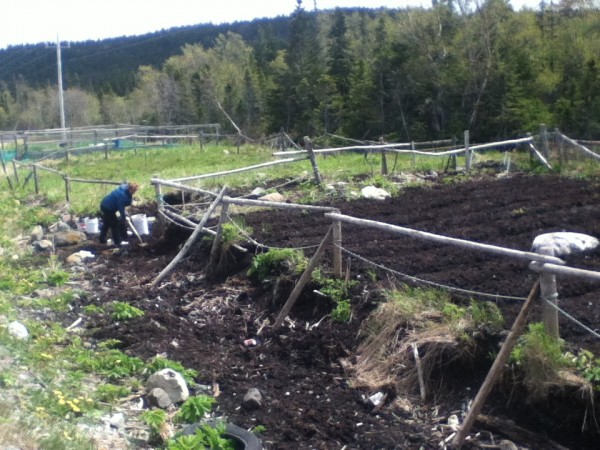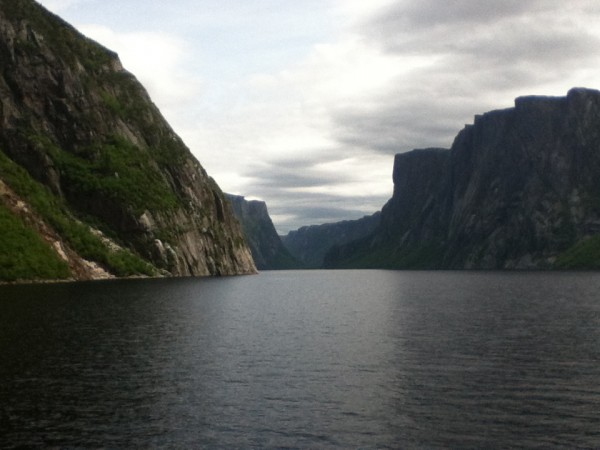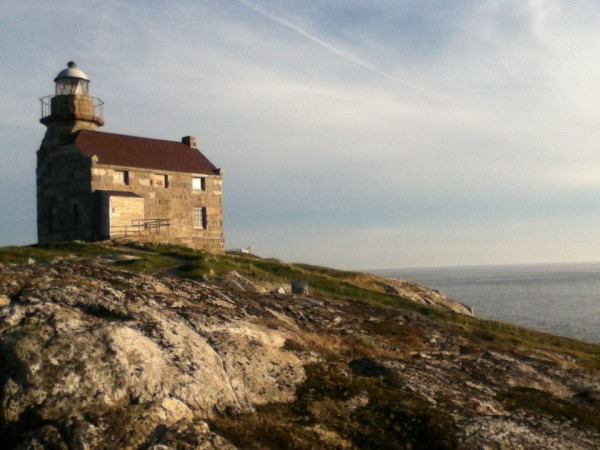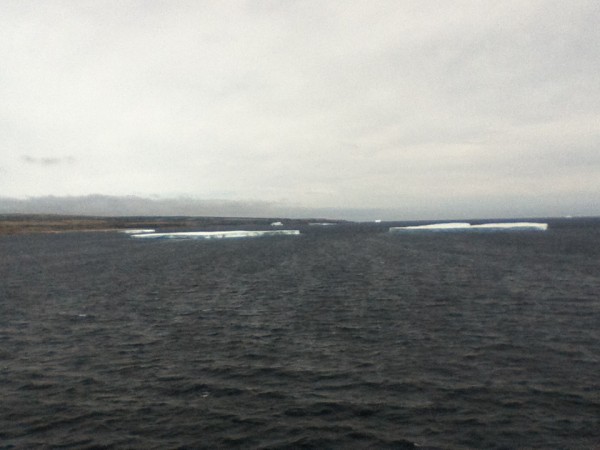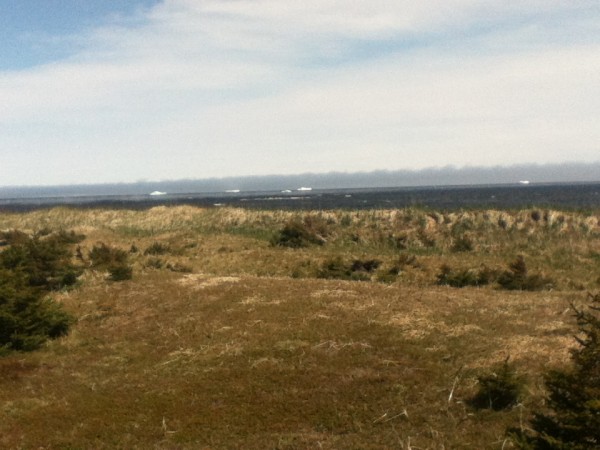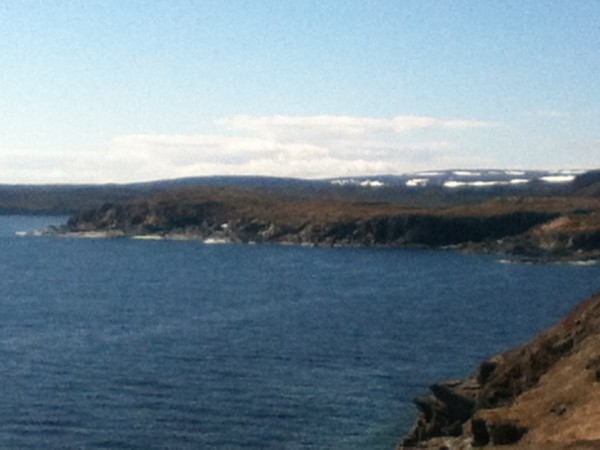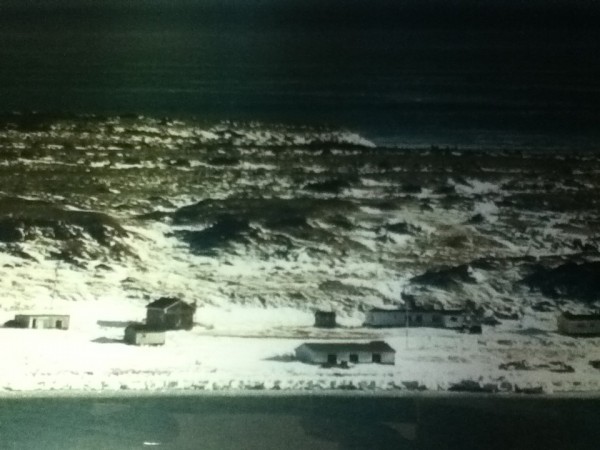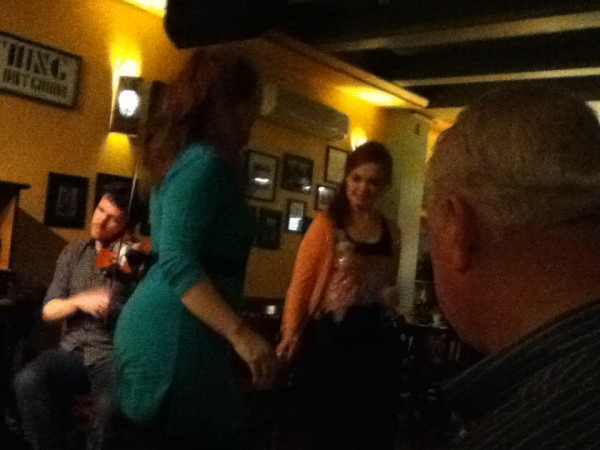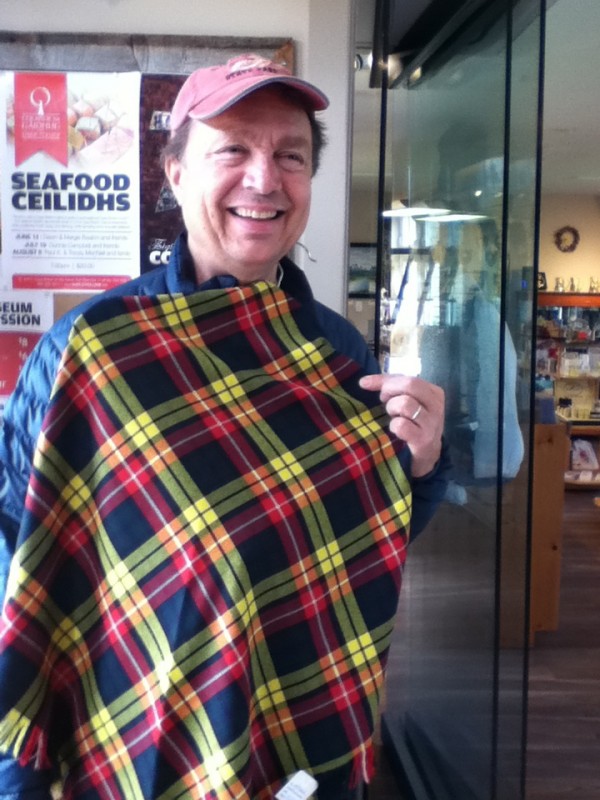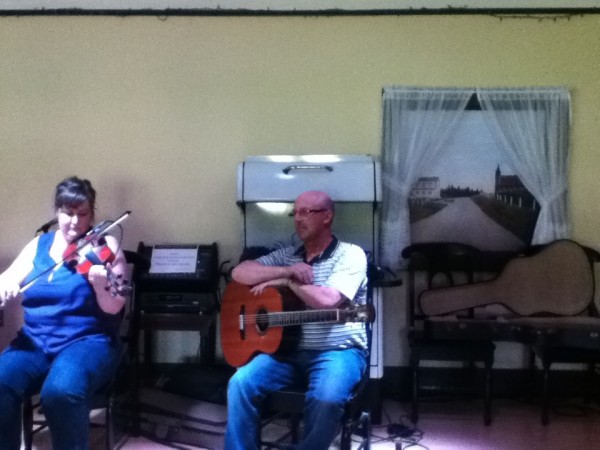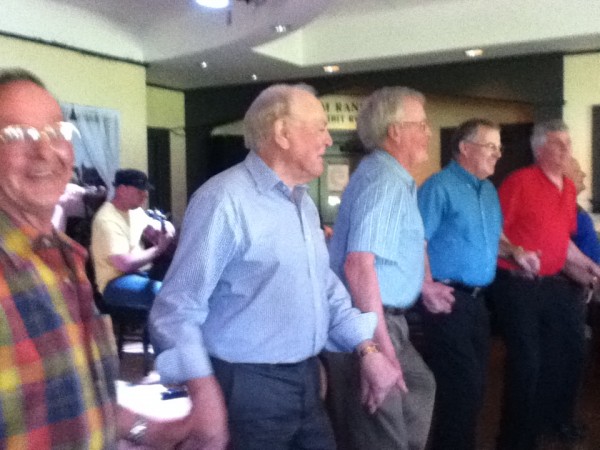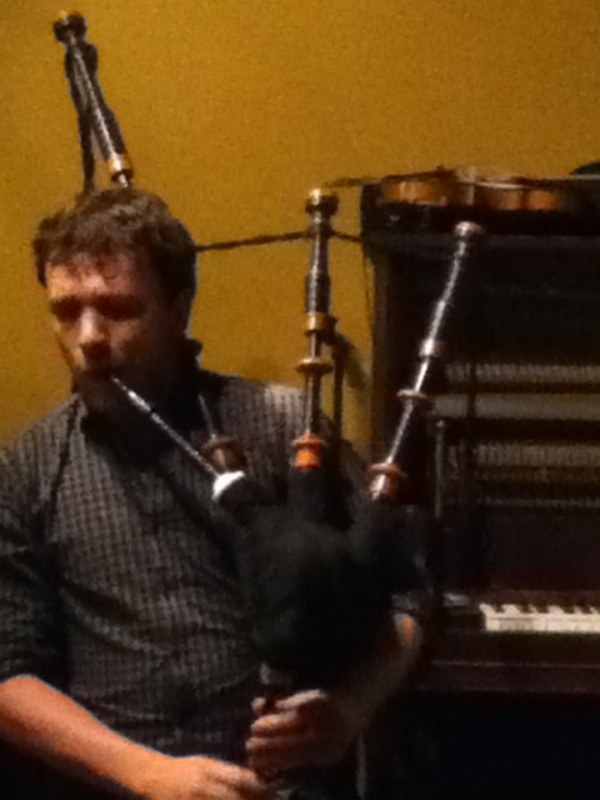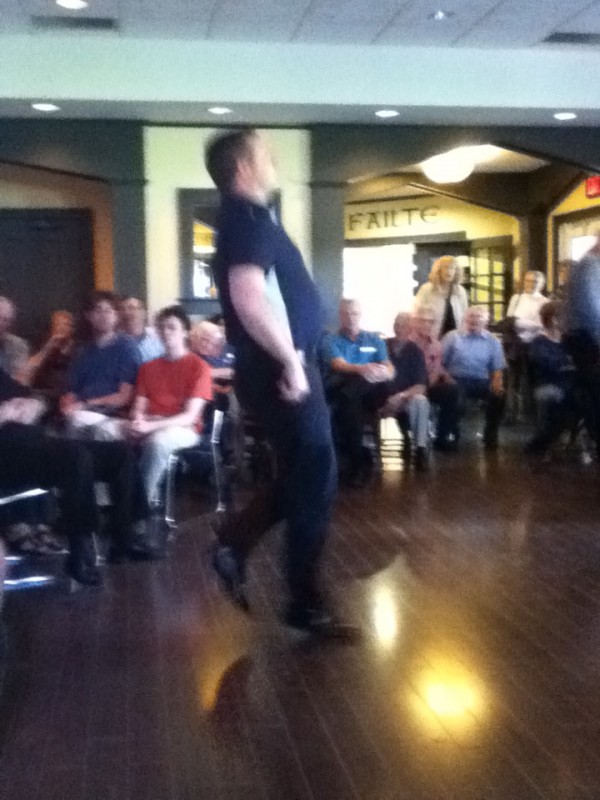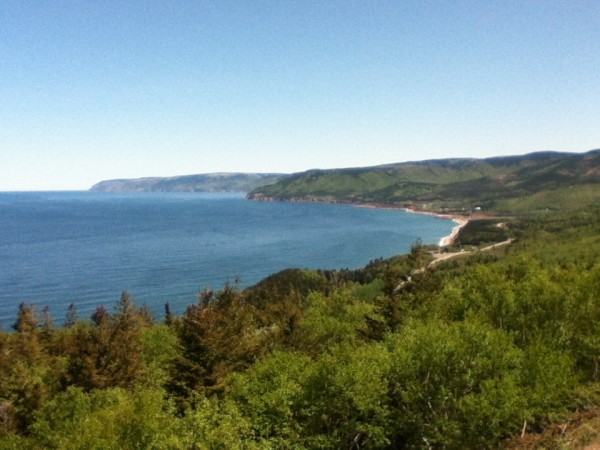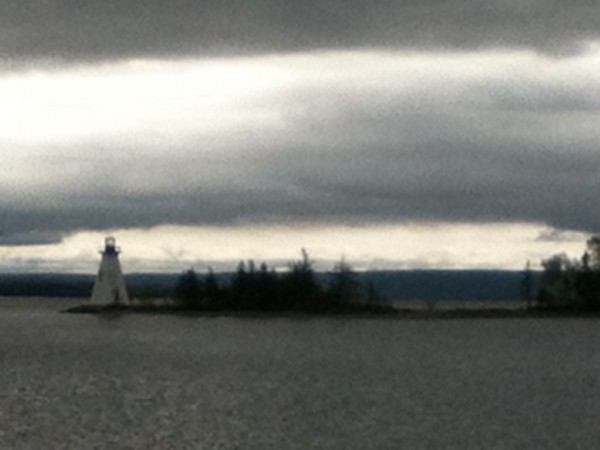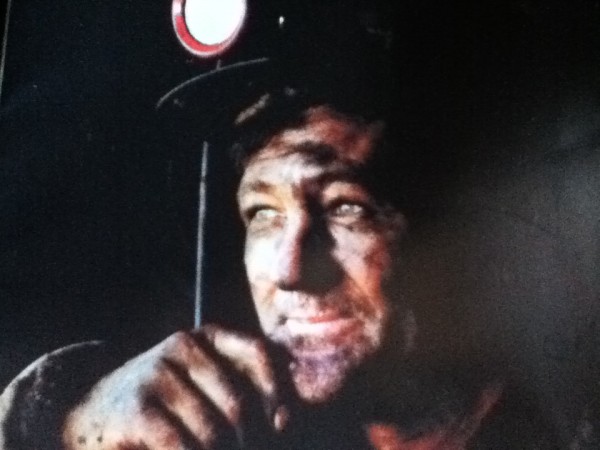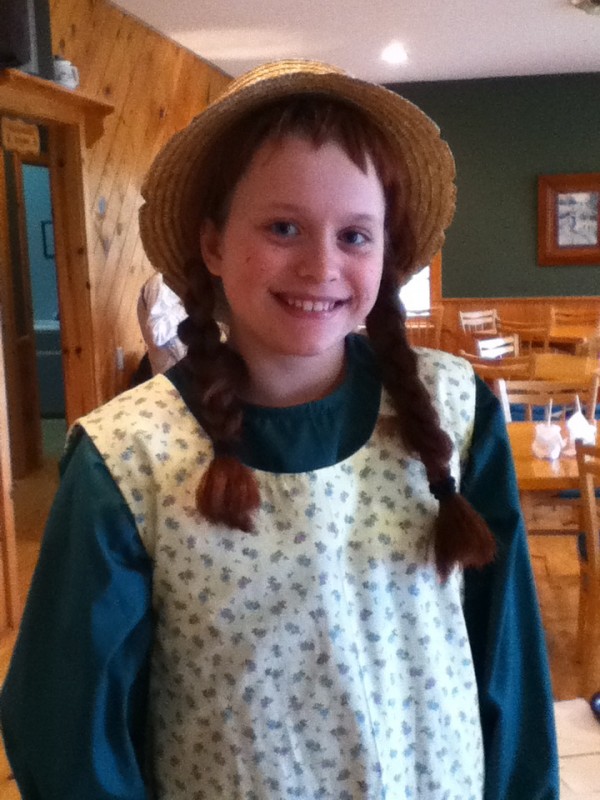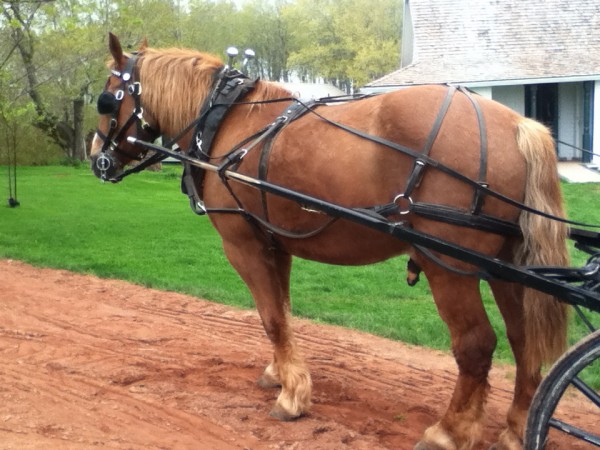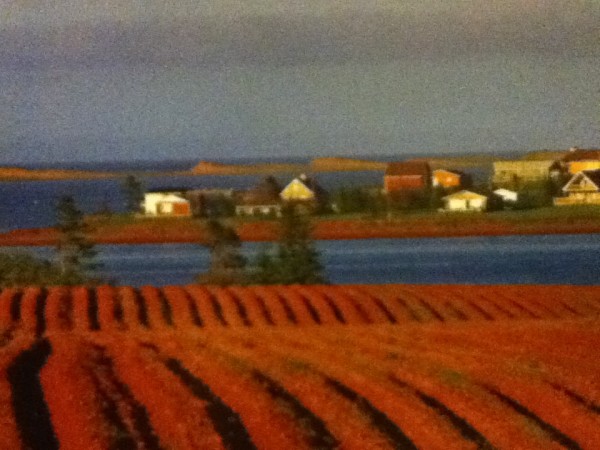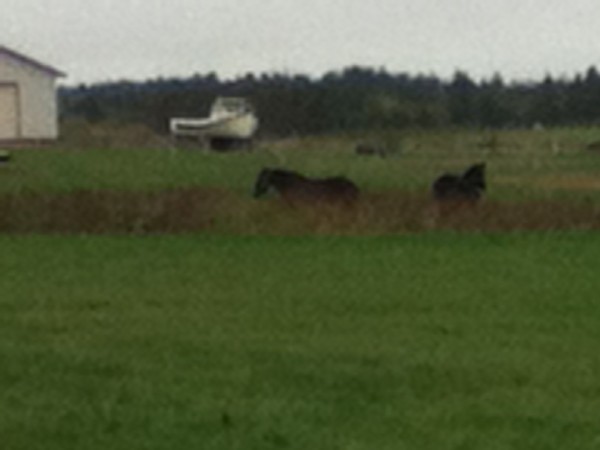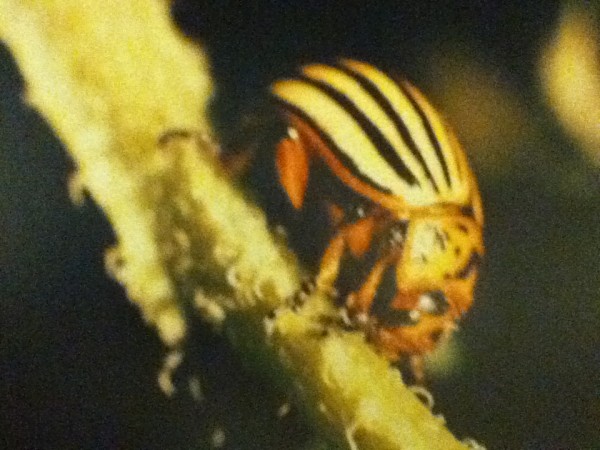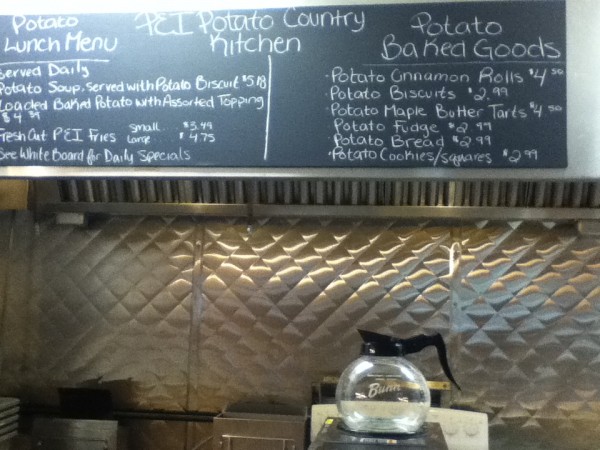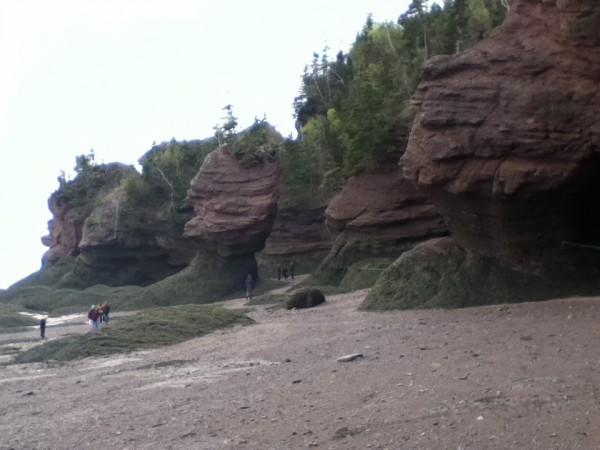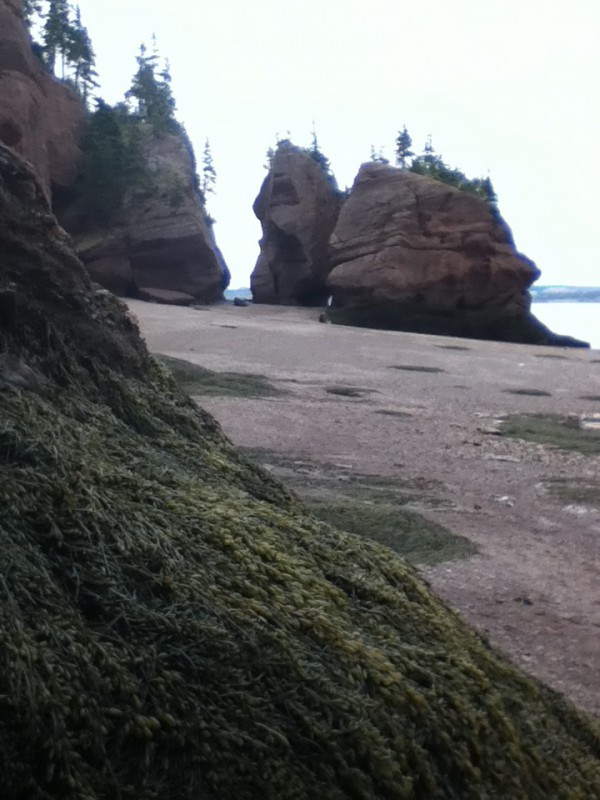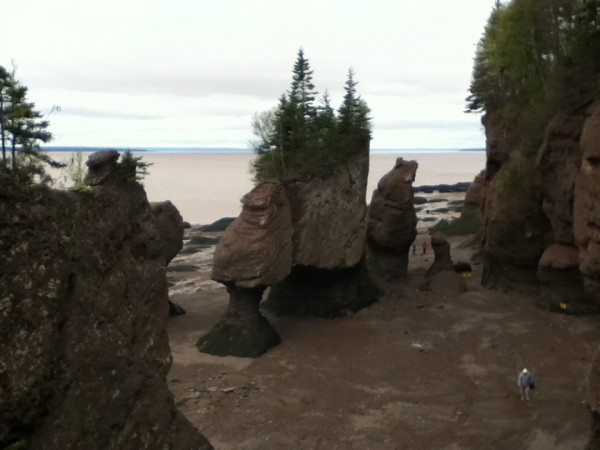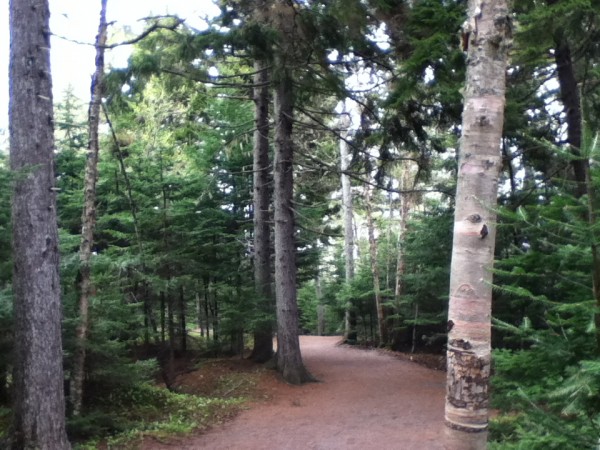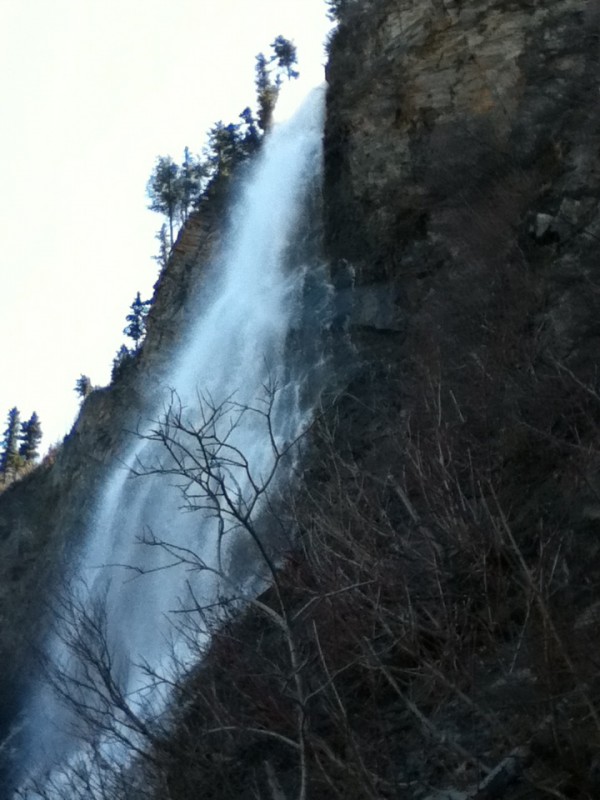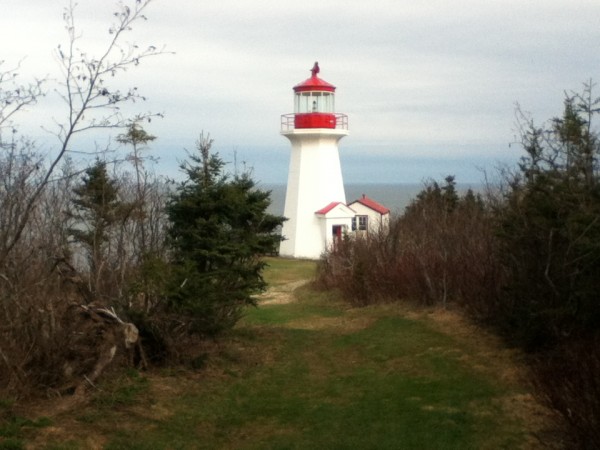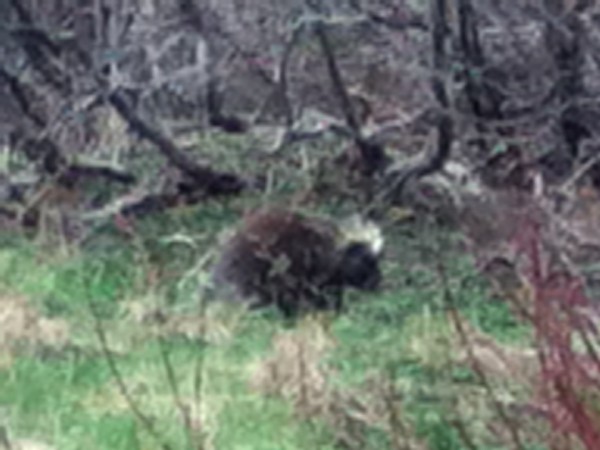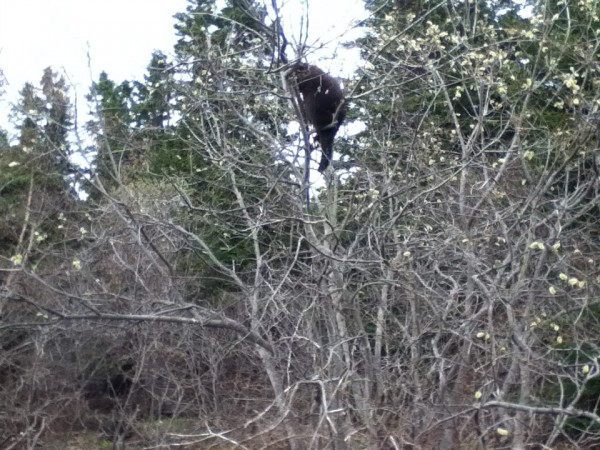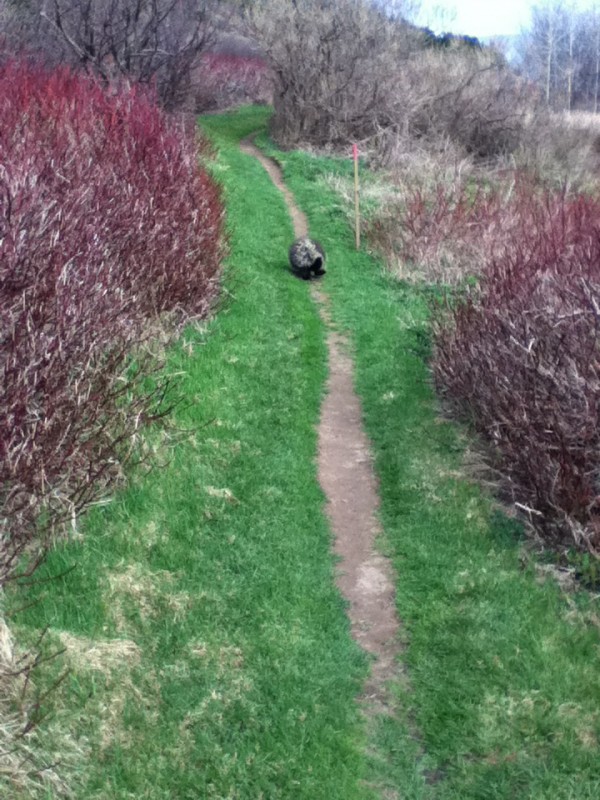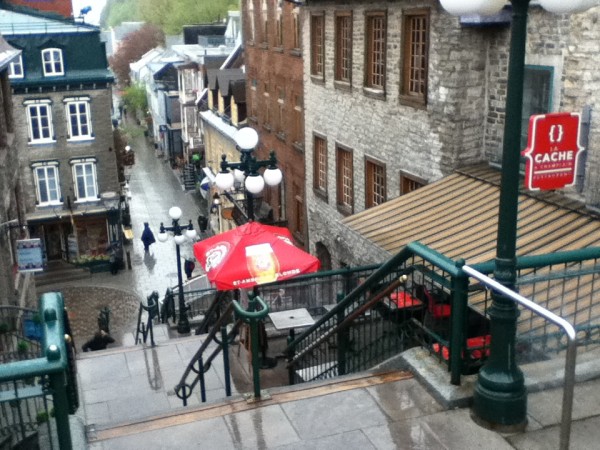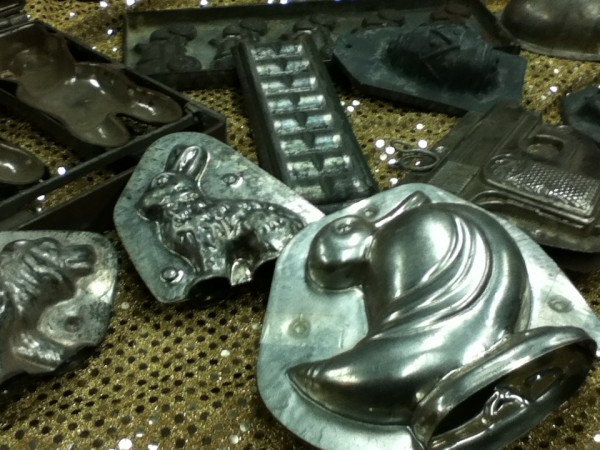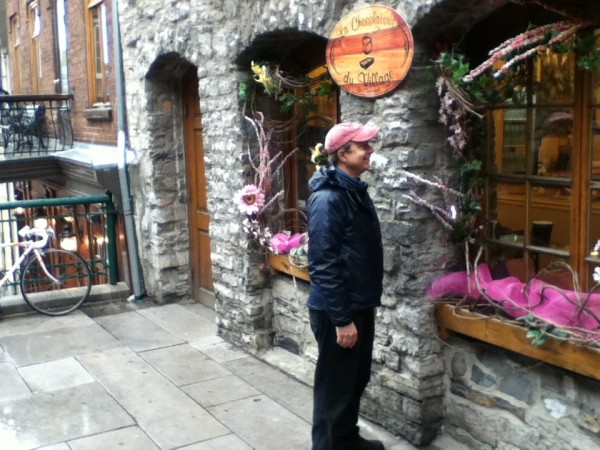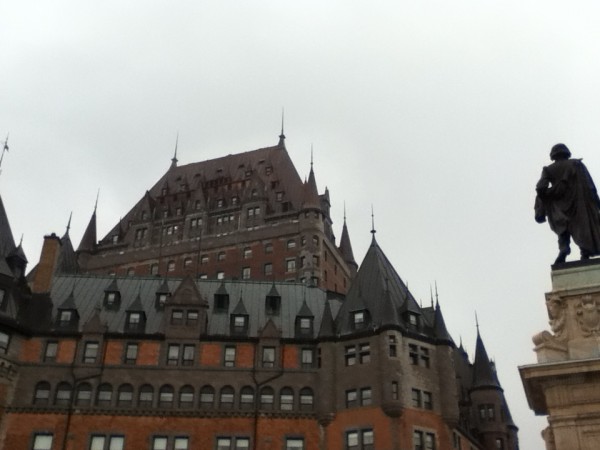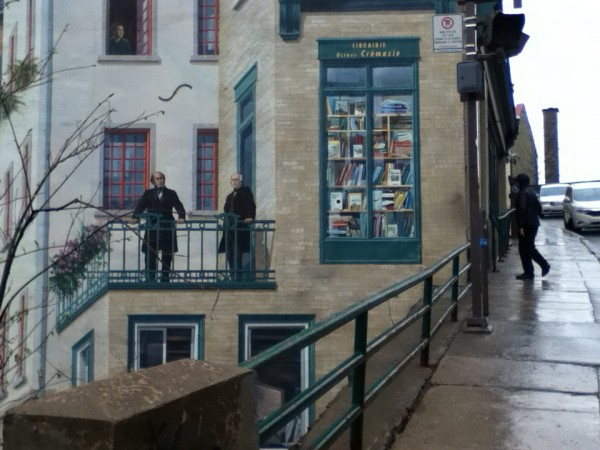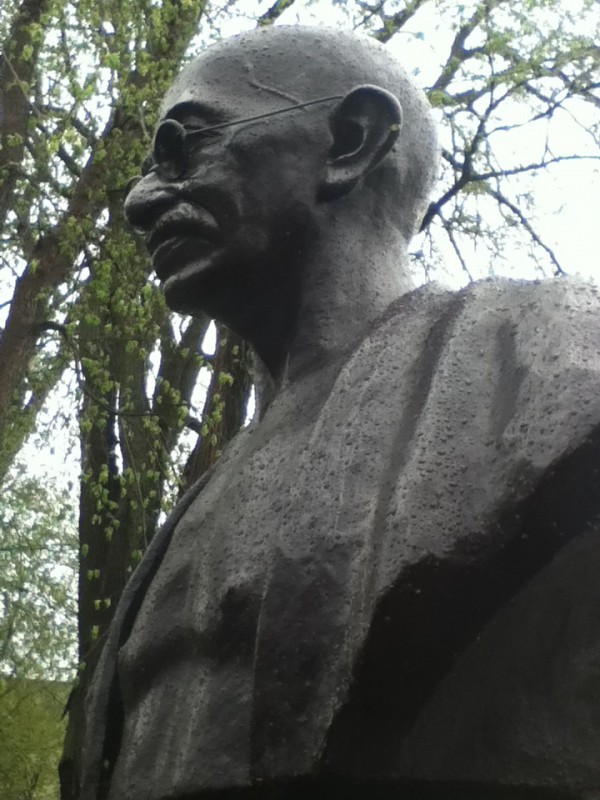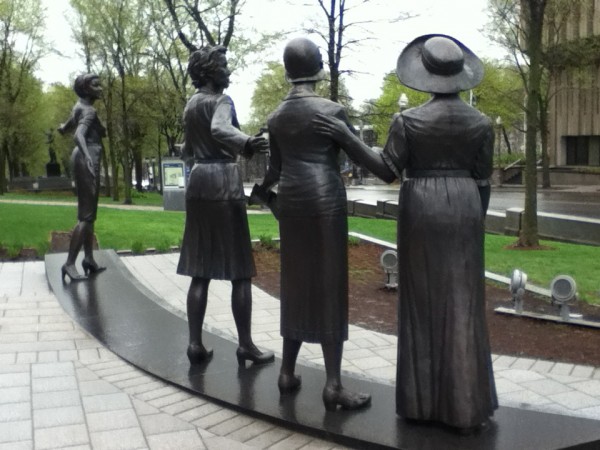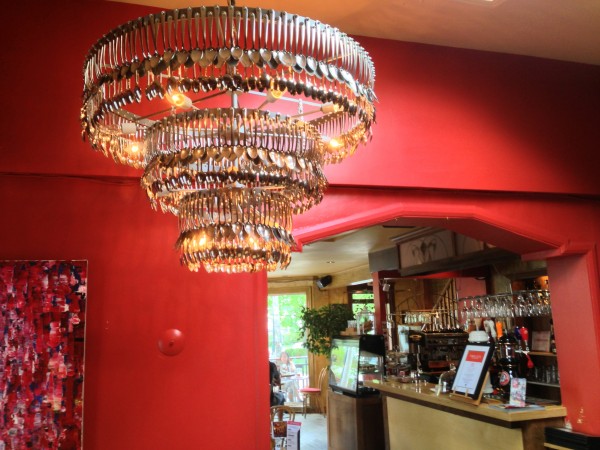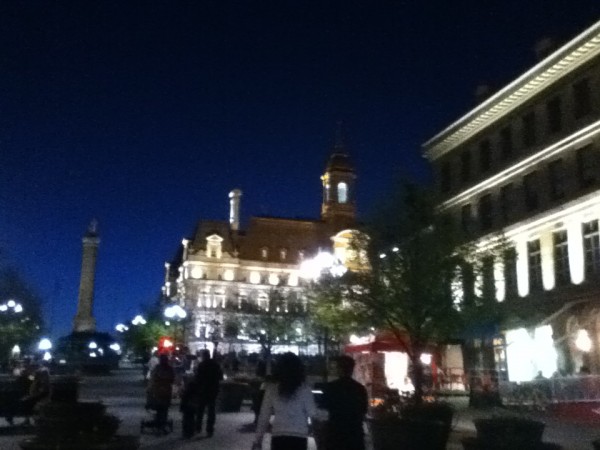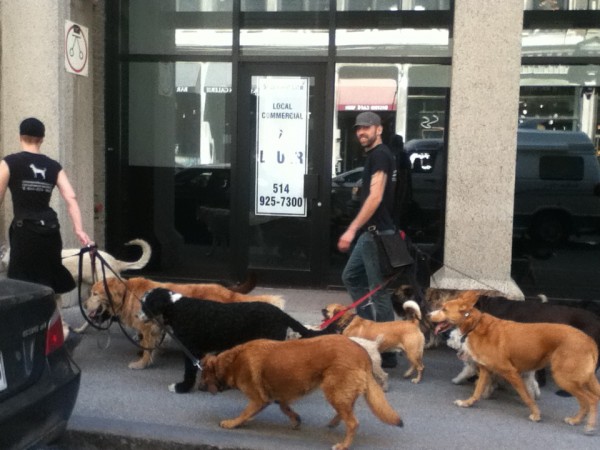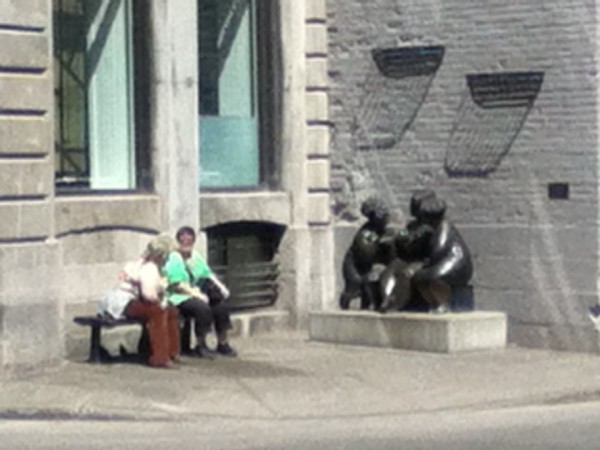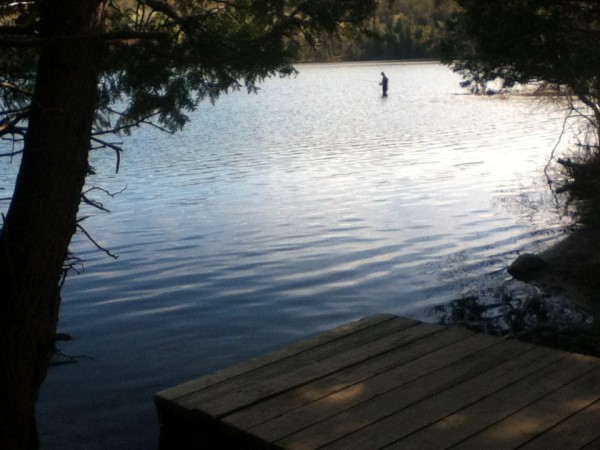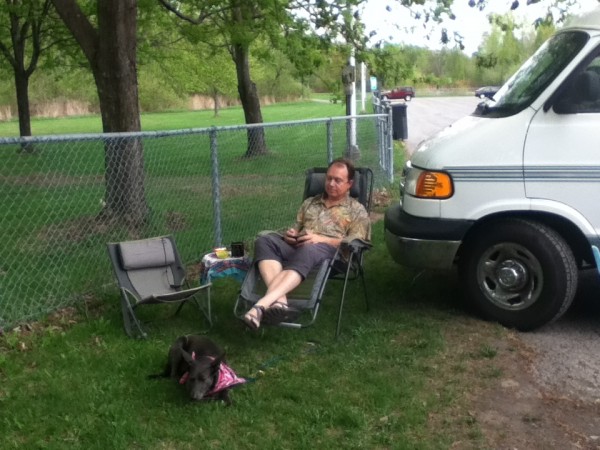We read a recent NY Times article citing the best travel blogs of the year; one couple detailed, “Traveling the World Lavishly on a Budget”. Their strategy was to give up their house, stay with family part of the year, and fly internationally to sophisticated, urban locations for 3+ month rentals, thereby exploring each area for a longer time. When I added up their pensions, investments, and annuities vaguely referenced, it became clear that these two world travelers do “budget” travel with an income of at least $9,000/month, post-tax! Spreading that much money overseas, I am sure that they are an American “good will” team worldwide. Bless them! We are of course happy for all Americans that get to expand their world view with travel…on any budget.
Planning on living to at least one hundred years of age, we would both have had to continue working for another 10-15 years to be in that position, assuming that real estate and stocks perform brilliantly during that time. Instead, we decided we had a choice:
WORK MORE…OR…SPEND LESS AND RETIRE NOW, while still in our Fifties.
“Spend less” meant downsizing to my 350 sq.ft., off-the-grid loft/art studio; this ensured my son a continuing home in our small, close-knit community for his college vacations, and provided us a home base should we need to take a break from travel. We also unloaded all cars except our 17 ft. mobile home, which we also use in town as it is easy to park. After paying taxes, health insurance, cell phone service, home maintenance costs, and college tuition, the $3,000/month remainder is dedicated to travel and adventure.
There is a reason that peripatetic old farts like us are in RVs: hotels at $100/day full-time would blow the $3,000/month budget, limiting our financial ability to enjoy local cultural attractions like restaurants, classes, guides, exhibits, green fees…and cocktails with a view! Even RV Parks can be too pricey, especially near big cities, that we so love. We are big fans of the National Park Service (NPS), state and local campgrounds, many of which discount 50% to holders of the NPS “Access” pass, eg. overnights cost about $8-$15/night. We tend to choose the less expensive, non-electric sites, and hang with the younger and more fun Tent Campers, unless we need AC at night. Some of the campgrounds have Wi-Fi and free hot showers too (Woo-Hoo!) In 11 months of travel, we have spent about 60 nights as guests in the homes of friends and family, 30 nights in motels/youth hostels/airbnb.com homes, and 12 nights on electric hook-up in campgrounds/RVparks. Other than relaxing 3 week stays with my mom in Pasadena, CA, and my cousin Ed on SeaBrook Island, NC, we have been moving constantly for 10 months; for a “rest”, we are renting a large room (with a Queen bed!) for the month of July ($600 including wifi and utilities) with a dog-friendly family in Halifax, Nova Scotia.
If there is no pretty, government-sponsored campground nearby the areas we want to explore, we “stealth camp”. That means staying overnight in a national forest, or in a quiet, safe neighborhood…without pissing anyone off, we hope. Being van sized at 17 feet, we are mostly ignored by the neighbors…our favorite being the very quiet neighbors in local graveyards (Lafayette Cemetery No. 1 in the New Orleans Garden District, rocks!) and by churches, all night bakeries, and in ports. Walmart, Sam’s Club, and Canadian Tire provide free overnight parking in a pinch as well. However, our best find has been the, “Cracker Barrel Country Store and Restaurant”, 600 in the U.S., and the welcome mat is always unfurled for RVers. They don’t serve alcohol, close at 10 PM and are usually surrounded by corporate chain hotels or medical office buildings so they are quiet, well lit, safe…and no reservations required! There are also websites like freecamping.org that cue us to sites. The finest stealth camping combines a nice view and free wifi; cocktails at sunset, followed by “Movie Night”, streaming Netflix on our computers. Almost two hundred stealth camping nights, during 24,000 miles of travel, has meant that we travel freely in every sense: no fixed itinerary, no reservations, maximum ability to respond both to serendipity and travel delay …and helps keep us on budget. The kindness of locals, providing us with overnight parking and local travel tips, has been priceless. Yep, living large in a small space…
Surprisingly, the biggest expense is not fuel. So far, everywhere except Canada (average $4.55/gallon) has had cheaper petrol than the San Francisco Bay Area, often up to $.50 per gallon cheaper, saving us $20 a fill. We have a small, aerodynamic rig that gets 17-21 mpg, and we try to stay a few days in a place so we can use the bikes, kayak, and shank’s mare, instead of the Roadtrek for local exploration.
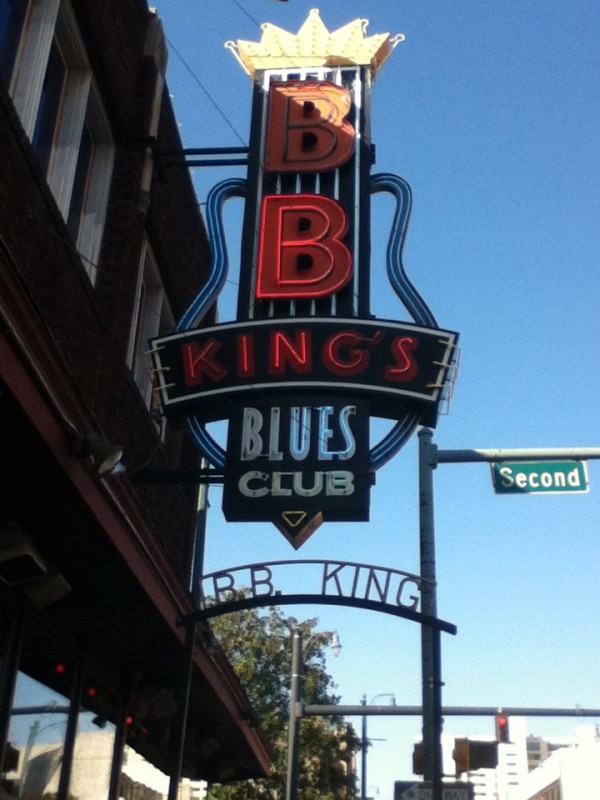 At little additional cost and vehicle length, we traded up from a VW Eurovan Pop-up to a 17 ft. Roadtrek, gaining a great potty and standing room for Steven. “Cat Baths” do not cut it long term so we are big fans of local YMCAs and community centers where we can workout, swim, shower, often for free or a $5 guest pass. We also invested about $3,000 in improvements in the RV when we got it: new tires, suspension, brakes, drive belts, a covered ceiling fan that works in a hot boggy rain, an outside hot shower, and refrigerator repair. With the 2000 Roadtrek 170 in ideal condition, our “budget travel” on $3,000/month looks something like this (..and again, we are very grateful that we have this “fun money” to rely on after covering the necessities):
At little additional cost and vehicle length, we traded up from a VW Eurovan Pop-up to a 17 ft. Roadtrek, gaining a great potty and standing room for Steven. “Cat Baths” do not cut it long term so we are big fans of local YMCAs and community centers where we can workout, swim, shower, often for free or a $5 guest pass. We also invested about $3,000 in improvements in the RV when we got it: new tires, suspension, brakes, drive belts, a covered ceiling fan that works in a hot boggy rain, an outside hot shower, and refrigerator repair. With the 2000 Roadtrek 170 in ideal condition, our “budget travel” on $3,000/month looks something like this (..and again, we are very grateful that we have this “fun money” to rely on after covering the necessities):
Gas/Propane: $15/day (occasional extended stays balance out the high fuel demand on the long haul days )
Food: (groceries/dining out/household/alcohol): $55/day (just like at home, making your own food and drinks saves a ton
Activities (golf/concerts/theatre/entry fees/guides/tango and tennis classes/public transportation in cities): $10/day (fortunately, biking, hiking, and kayaking are free!)
RV (repair/maintenance fund): $10/day
Overnight stays: $15/night (stealth camping nights balance out splurge stays at motels in big cities and resorts; our favorite motel chains, Drury Inn and Motel 6, are the only two chains that do not charge at least $30 extra for our dog to stay with us in the room)
We have found that lots of exercise (with the plethora of sports equipment we carry), free e-Books from the public libraries (with 10 libraries to pull from, there are always 30 books on the digital shelf), our folding chaise lounges, extended RV shade canopy, cocktails, and a nice breeze off an ocean/lake/river, provide the relaxing “comforts of home.” Until we get to locations worth the splurge for better accommodations, we live simply, off-the-grid, living large in a small space. So far we have even found great medical care at Kaiser-Permanente facilities in Georgia and Washington DC, providing flu shots, medication refills on plan, and some minor surgery for Steven. We are researching our eligibility for “Obamacare”, as we only have emergency room coverage in non-Kaiser areas of the U.S.
We have stayed on budget, and found that the downside of this lifestyle, is the “small” part. As anyone who lives aboard their sailboat knows, it is crucial to stow items immediately after use, or chaos ensues, making the space seem even smaller… and the inhabitants crabby. Also, when the weather sucks, or the mosquitoes/black flies descend, pinning us inside for too long, tempers flare, and Scrabble becomes a dangerous activity for two competitive players. Still, this kind of “budget travel” would not work if we were not good at “taking space” within a small space. Lety and I are “Bed Dwellers” with e-books, chocolate and hot tea in hand, and go to sleep early just like at home; Steven takes over the “Den”, the front captain chairs, and enjoys books, streaming Netflix, scotch, and chocolate until he is ready to entice Lety to her own bed, and climb over me into the pre-warmed bed. Sometimes “small” is just so sweet and intimate, as opposed to crowded and limiting. That is the True Love part. True Love is also aided by cool nights, abundant exercise, and days apart now and then, pursuing different activities.
However, the “not so sweet” issue with “small” is…the damn bed. Good sleep is crucial, and remains a gnarly challenge for us. Steven is over 6 feet tall; the bed is bound on head and toe to a 6 foot length, and less than 4 feet wide. We contemplated a slightly bigger Roadtrek 190, adding 2 feet to the length, to enjoy a queen size bed. However, with our bikes on the back, we would be 21 feet long and would be unable to park in all the normal city street parking spaces we enjoy now at 19 feet with bikes racked. Instead, we opted for a new, still too tiny, but very good mattress, deciding to maintain our ability to park wherever we want. Oh well, life is always a set of trade-offs. Trade-offs suck.
Fortunately, Steven is very skilled at the Power Nap and ….we are retired after all…why not nap? Whereas I don’t know how to nap (yet!), so I withdraw my crabby self into a book, and woe to any mortal that intrudes on my prickly silence.
Besides the too small bed, our sleep is challenged by heat, humidity, and mosquitoes. TRUE LOVE IS TRULY TESTED BY SLEEP DEPRIVATION. We are hot weather wimps. We may have to amend our budget to include more A/C motels and electric hook-up nights as we head across the northern U.S. beginning in August… just to ensure good sleep when hot, humid conditions prevail. That is why we found ourselves in mid-May in the Canadian Atlantic Maritime Provinces, in the snowdrifts and rain, on our way even further north to Nova Scotia, Newfoundland and Labrador. Big, furry Newfoundland dogs stay cool here during the summer, and so we hope, will we.
Bonne Nuit Et De Doux Reve, Mon Petite Choux!



